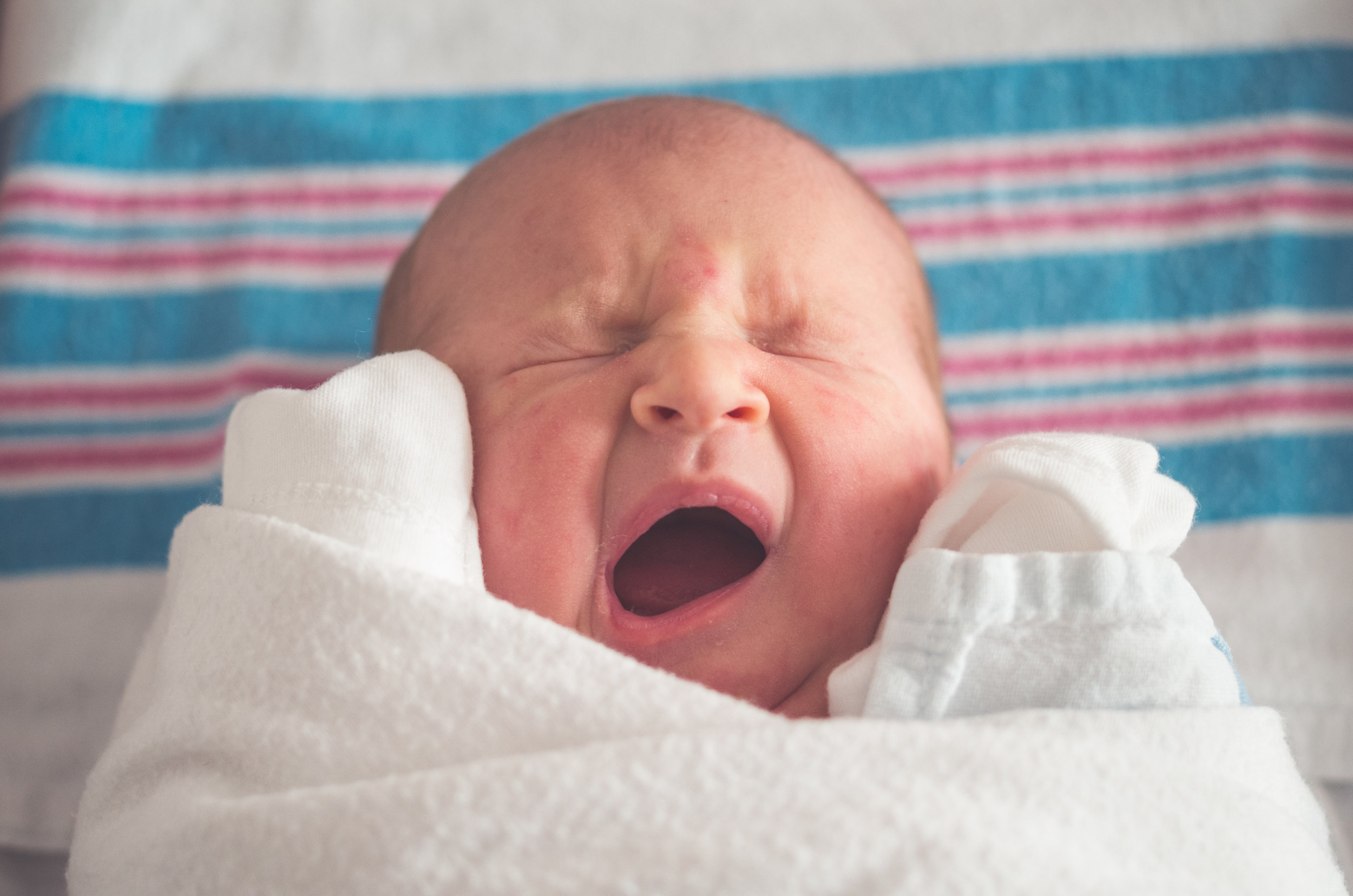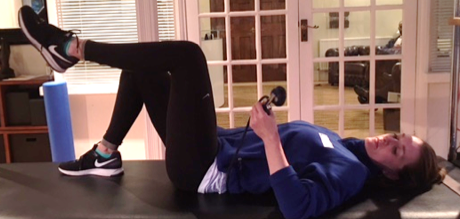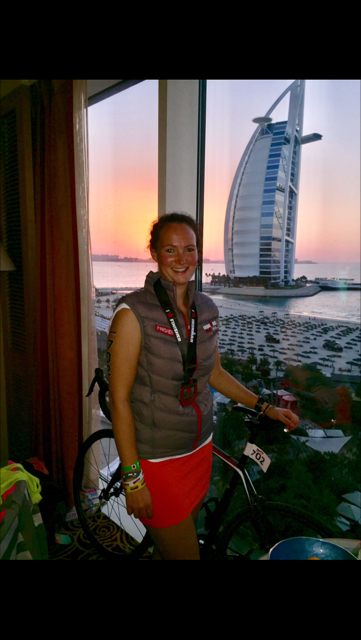It’s been a long time since yours truly has been in touch and I can only apologise. I’ve been busy with the clinic, Shockwave Therapy, social media and rebuilding my body after undergoing further hip surgery last December. I’m also currently in the process of strengthening the muscles on the inside of my sorry-looking-scraped-carrot-of-a-leg with the aim of warding off a knee replacement.
FIND US ON FACEBOOK AND INSTAGRAM
Some of the eagle-eyed amongst you will have noticed that I’ve ditched the business suit for spandex – no inappropriate comments, please – and have been sharing my rehab videos on Facebook and Instagram. Here are some of the exercise videos
which should not only help you but may raise a few laughs. I warned you about the spandex look. In these clips I demonstrate numerous positions and techniques. From how to open up your body and improve your posture to strengthening the muscles in your trunk, I've got you covered. I’ve also recorded an IGTV video – which lasts for ten minutes – and shows how you fire up your deeper core stabilising muscles. To watch it click here,
CHECK OUT OUR BLOGS
Interestingly, some of our clients have enquired as to where our regular newsletter has gone. Like many, we've now decided to only communicate via our blogs and have upped the frequency of the posts to help you stay up to date with what’s happening in the clinic. There’s also plenty of helpful advice over there. Why don’t you take a look? Our recent posts include: How osteopathy can benefit the over 65s
NEW MOTHER & BABY DROP-IN CLINIC AT THE OSTEOPATHIC CLINIC, CROYDON
We’re thrilled to announce that we’ll be launching a new Mother and Baby Morning every Monday from September 10 to help mothers with lactation and breastfeeding issues. The combined breastfeeding support and osteopathy sessions shall run between 9.30 and 11am. Breastfeeding lactation consultant (IBCLC) and tongue tie specialist Katherine Fisher will be on hand alongside our cranial osteopaths Sabrina Peyandane and Mark Bolton to help patients with all sorts of concerns ranging from sleep to digestive problems including reflux disorder. There is no need to book an appointment in advance. For more information read our full blog post here.
WELCOME MICALA SANSOM
You might spot a smiley new face around the clinic. That’s because we’ve brought in Micala Sansom to manage our commerce affairs. Micala was the brains behind the soon-to-launch Mother & Baby Drop-In Clinic.
CATCH UP WITH THE TEAM
As mentioned we are FIT-NUTS at the Osteopathic Clinic. Our osteopath Mark Bolton is a real Speedy Gonzalez. Despite being out with an injury for four weeks, he still managed to run the Brighton Marathon in 3 hours and 40 minutes. We’ve got great hopes for Mark and are sure it’ll just be a matter of time before the invites from New York and the rest of the world start flooding in. And it’s not just Mark that’s been running up a sweat, Rhea Malkin, our sports therapist and STOTT pilates reformer instructor is also training for a marathon, while osteopath Lydia Armitage is preparing for an Iron Man. Additionally, Rhea has moved her sports therapy clinic to the practice, too.
Best pic of the year, without a doubt
SHOCKWAVE DEVELOPMENTS
Things have also been busy on the Shockwave Therapy front. I’ve been teaching a number of independent universities and clinics about the science and technique – which is one of the most effective and risk-free ways to fix persistent joint or tendon pain - and will be travelling to Belfast to host another session in October. I’ve also been invited to attend a big official congress in Switzerland in November and am looking forward to hearing about the latest developments in this field. By the way, did you see my animated Instagram video on Shockwave Therapy? It’s an easy to understand clip of how Shockwave might help you. https://youtu.be/4DlYc5IVuR4
Also, you might like to read this blog post here on the nine things you didn’t know about Shockwave Therapy.
https://shockwave-therapy.co.uk/blog/ot7q1y81m3c9qb0is2yn1huc99jm0l
IN THE NAME OF RESEARCH
If you were taken aback a rather frightening picture of me kitted out in a teddy bear print surgical mask on Facebook, I must apologise.
Scary, would you consult this guy.
I was at the London Bridge Hospital observing a complex lumbar spine surgery that lasted two hours. The patient had part of his disc removed to alleviate constant leg pain. It was an honour receiving the invitation to watch the surgeon operate; I walked away with first-hand experience that provided extra knowledge on how I could help rehabilitate the patient. I’ll never lose my appetite for learning.
ANNUAL SUMMER PARTY GOES OFF WITH A BANG
Much fun was at our third summer party where we hosted a fantastic evening for physicians from the world of cardiology and orthopaedics, as well as a number of staff from Shirley Oaks Hospitals and colleagues. My dear friend Vince Dunn and his orchestral band provided a soundtrack of jazz, Latin, funk and classic tunes and everyone enjoyed the Indian food. Check out the clips over on our Facebook carousel here.
And that folks, is a wrap.


























 'My baby is suffering from colic, what to do?'
It has now been few days or even weeks that you have welcomed your baby into the world, however, you've noticed that your infant cries regularly.
'My baby is suffering from colic, what to do?'
It has now been few days or even weeks that you have welcomed your baby into the world, however, you've noticed that your infant cries regularly.



